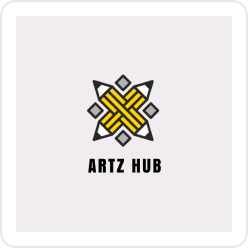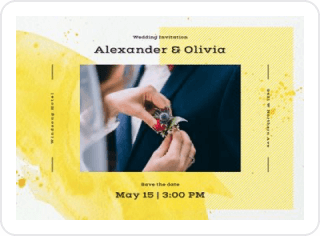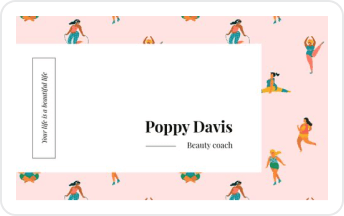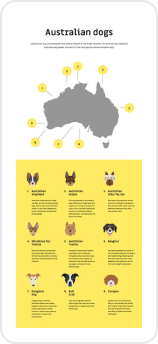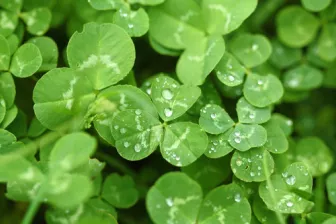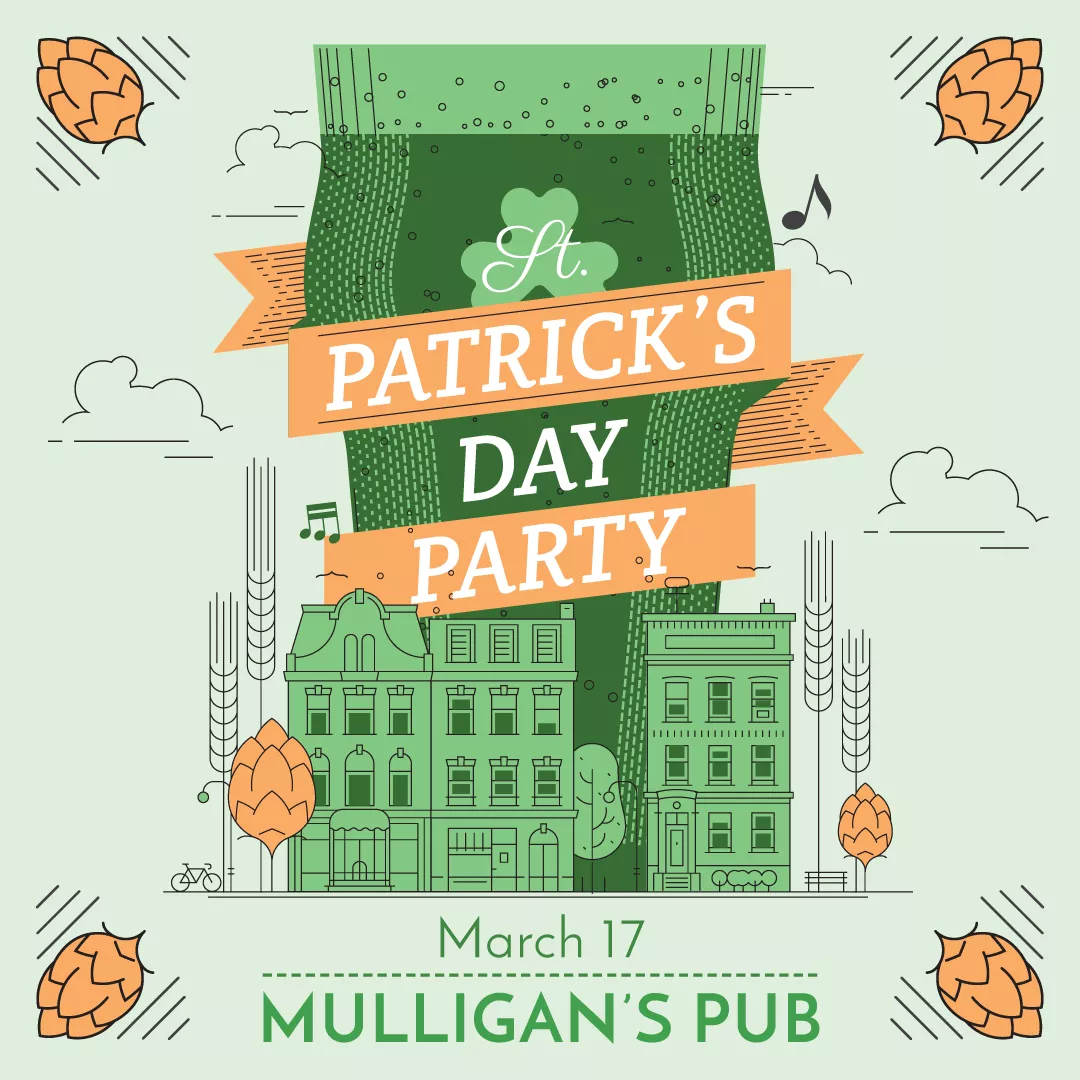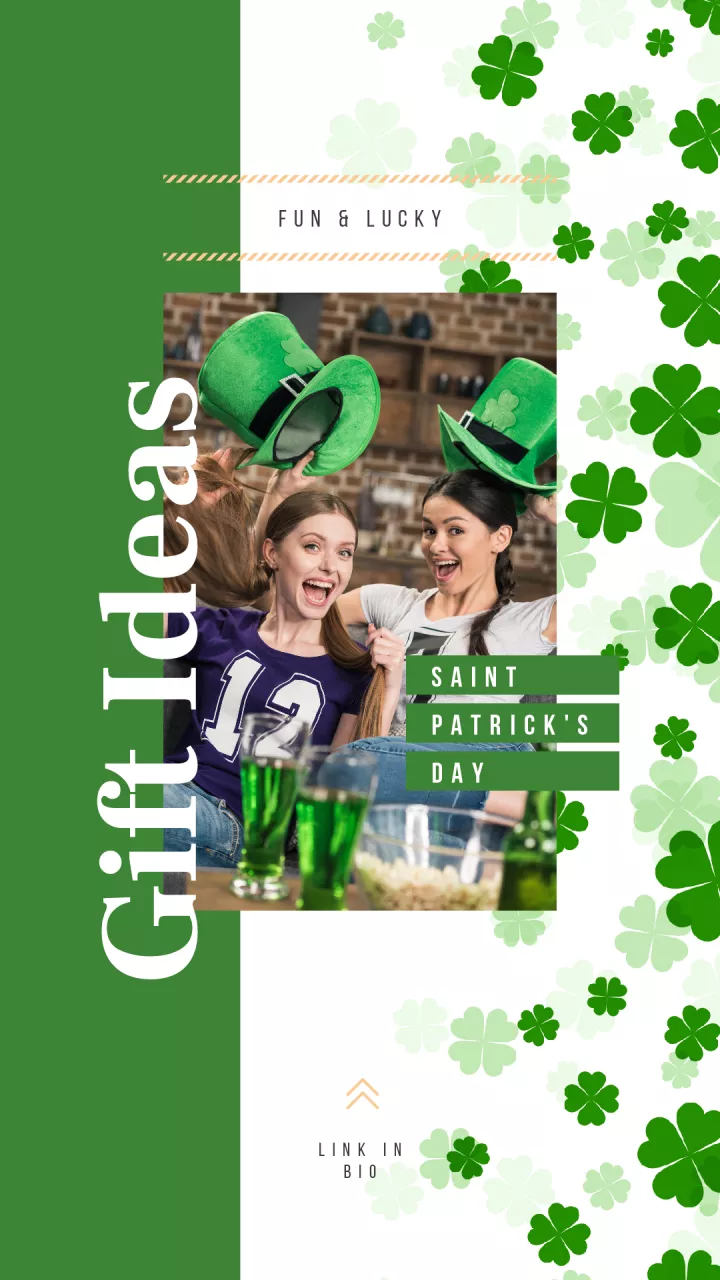Saint Patrick’s Day
St. Patrick’s Day History
St. Patrick is a primary saint of Ireland. He was born in Roman Britain in the 5th century. At the age of fourteen, he was captured and enslaved to Ireland. The boy survived there for six years and even managed to escape, but later returned to turn Irish Celtic tribes into Christianity.
The date of his death, the 17th of March, is celebrated by Irish as the baptizing day for Ireland and used for the promotion of Irish culture and traditions. Partly due to the lent limitations being lifted on that day, the consumption of alcohol became one of the most prominent features of this otherwise religious holiday.
Until the mid-1990s, the oversea Irish would tend to celebrate the 17th of March even more than the folks within Ireland itself. Canada has some of the most long-lasting St. Patrick’s Day celebrations in its provinces, lasting a week in New Brunswick and three days in Manitoba. It is also celebrated in Mexico, Argentina, throughout Europe, in Japan and even on the International Space Station.
Today, on St. Patrick’s Day social media and offline festivals encourage communities to get together to promote the Irish language, music, dance, attire, and drinks, of course. The activities would often include a party, a bar specials night, or an event such as a festival with music performers and outdoor theatre shows, organized by local Irish groups and brands.
St. Patrick’s Day Traditions
– Go for a parade—make it official. Funny fact: the shortest parade for St. Patrick’s Day took part in a small town—Cork, and lasted just 23,4 meters—the distance between the town’s two pubs.
– Wear green—but do not buy into the “leprechaun costume” stereotype, it is not very appropriate considering that it has been used as a caricature on Irish in the 19th century.
Wear a shamrock—the small three-leaf plant officially associated with the holiday.
– Go to church—the holiday is observed by Catholic, Anglican, Eastern Orthodox, and Lutheran churches.
– Speak Irish—Gaelic language, historically spoken in Ireland, remains one of the state’s official languages.
– Welcome the return of spring—in Ireland, this holiday partly took on the pagan period of hailing the nature rebirth.
– Eat Irish and drink Irish—the foodies around the world love St. Patrick’s. For a thorough Irish cuisine experience, try Shepherd’s pie made of meat and potatoes, and wash it down with a pint or two of fine Irish stout.
– Listen to Irish music—the unmistakable upbeat motives will brighten up your day, wherever you are.
Marketing Activities for St. Patrick’s Day
On the St. Paddy’s Day, contests for Instagram and Facebook are a well-received content type. Try calling out for the best St. Patrick’s Day ideas in following categories:
– baby costume
– pet costume
– family costume
– sustainable “green” costume
– group costume
During the whole week before the 17th of March, give away free customized green avatars and skins for your social followers.
A move as simple as doing a green backdrop can work amazingly to inspire a whole day of content in the ephemeral formats such as stories and live sessions.
Look into doing a limited edition of green products. Green beer, green shakes, green muffins are a very traditional marketing move for all brands and companies in the food industry.
Actually, food or not, putting all your green products on sale during St. Patrick’s week is a highly recommended step.
As you will have about 30 days since the Valentine’s to prepare for this next promotion, you would want to run a couple of heads-up materials a week or two before. To make your brand noticeable, think about a short social animation teaser in addition to a classic leaflet.
Popular hashtags: #saintpatricksday #saintpatricks #shamrock #irishday #stpattys #clover #parade #StPatricksDayParade #HappyStPatricksDay #InstaStPatricks
Colors of St. Patrick’s Day
Green—the reason why Ireland is called the Emerald Island is not its emeralds. The lush rich greenery covering the cliffs, valleys, and hills of Ireland with a dense carpet of grass and leaves serves as the country’s distinctive “50 shades of green” look.
Symbols of St. Patrick’s Day
Shamrock—the common three-leaf clover (do not mix it with the four-leaf lucky clover) is believed to have been used by St. Patrick to explain the Holy Trinity to 5th-century Irish tribes.
Leprechauns are considered to be the “faux symbol” of the holiday, as it was used in 19th-century papers to create a mean caricature on Irish. The Irish official St. Patrick committee encourages everyone to skip leprechaun costume in favor of more tasteful green bow ties or suspenders. The commercialized side of the holiday has its downsides, of course, but there are still many fans of the stereotyped “drinking-and-a-green-top-hat” variation, so choose depending on your audience.
Harp is a very respected national instrument with a deep history in Ireland. For centuries, the harpists were the bards who kept the memory about all events in the country. These musicians and singers, often blind, were deeply respected in the communities and supported by kings.
Celtic Cross—a unique symbol of Irish Christianity. When St. Patrick returned to Ireland to bring the new religion, he knew the local beliefs well enough to incorporate some clever shticks into his preaches. For one, he has put a circle—a druidic symbol of the sun—onto a Christian cross to make the new ideas come more naturally to the local people.
“Erin go Bragh”—you can see this weird phrase on the vintage St. Patrick cards and chalkboards outside Irish pubs on March 17th. It is an English mispronunciation of the phrase Éirinn go Brách in the Gaelic language, which can be roughly translated as “Ireland Forever!”




